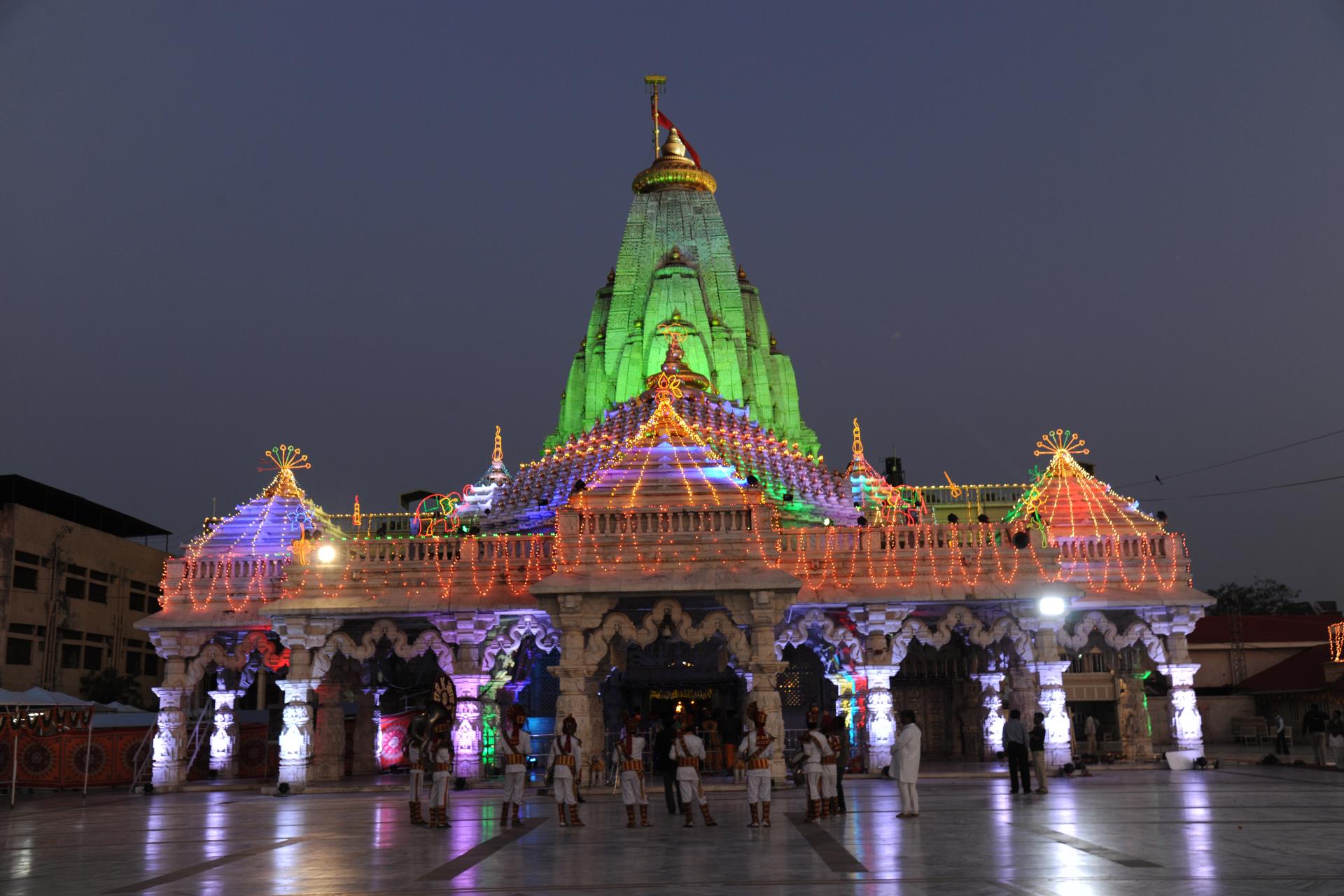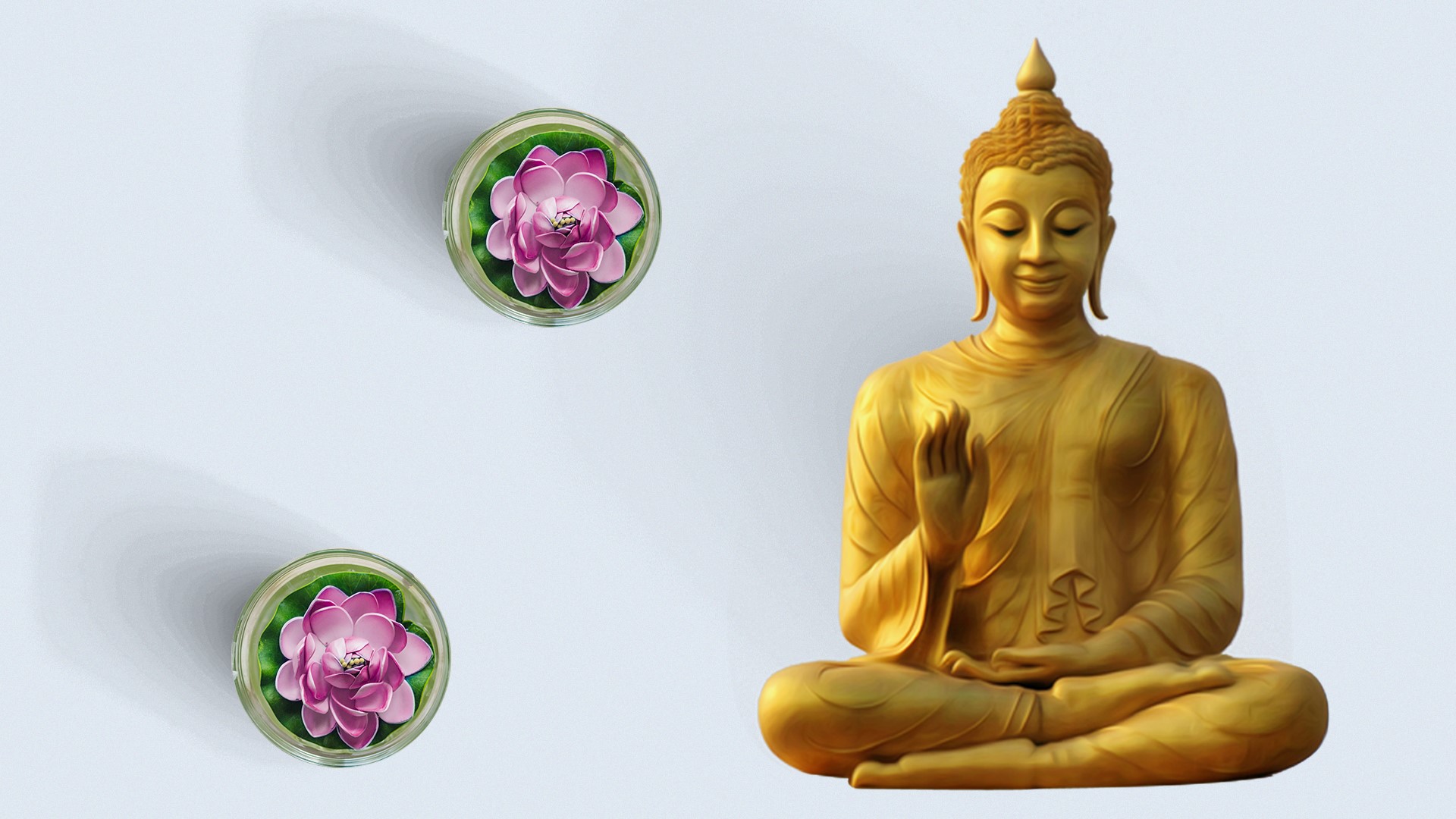
Sorry, we couldn't find anything that matches your search.
Destination

Famous Places to Explore in Hyderabad
A vibrant city with the imposing...

Raipur Tourist Places | Best Place to Visit
The stronghold of several erstwhile...

Ahmedabad
Declared as India's first UNESCO World...
#
The only home of the wild ass in India, this sanctuary is situated in the area called the Little Rann of Kutch. Locally called ghudkhar, the Indian wild ass is known for a dark stripe along its back. The sanctuary is home to around 6,000 wild ass. Due to its location in the Gulf of Kutch, which is on the migration route of many birds, the sanctuary is an important site for birds to feed and breed in. About 75,000 birds nest here annually, including those from Egypt, Siberia, Europe, Iran, and Iraq.
Other fauna found in the sanctuary include 32 mammals like chinkara (Indian gazelle), two types of desert fox (Indian and white-footed), jackals, caracals, nilgais (the largest antelope of Asia), Indian wolves, blackbucks, and striped hyenas. The place is also home to migratory birds including coursers, stoneplovers, shrikes, ducks, geese, ibis, spoonbills, godwits, stints, sandpipers, shanks, moorhens, saras cranes, flamingos and pelicans. About 93 species of invertebrates can be found here including crustaceans, insects, molluscs, spiders, annelids and zoo planktons.
The sanctuary is sprawled over an area of 5,000 sq km and covers portions of cities including Sundernagar, Rajkot, Patan, Banaskantha and Kutch district. The best time to visit the place is between October and November.
There are many tribes in the sanctuary and among them the rabaris and the bharwas have a sizeable population. Opt for a jeep safari if you wish to explore the sanctuary. The Little Rann also has the largest salt pans of India. A booming business today, salt farming is an ancient practice at these sites. History says that centuries ago this region was a part of the sea, until an earthquake turned it into an arid land. Later, a local community called Agariyas (salt farmers) noticed that the land had water below the cracked hard ground. And also that this water had a high saline content, which was concentrated enough to produce salt. And hence, the business of extracting salt began.








